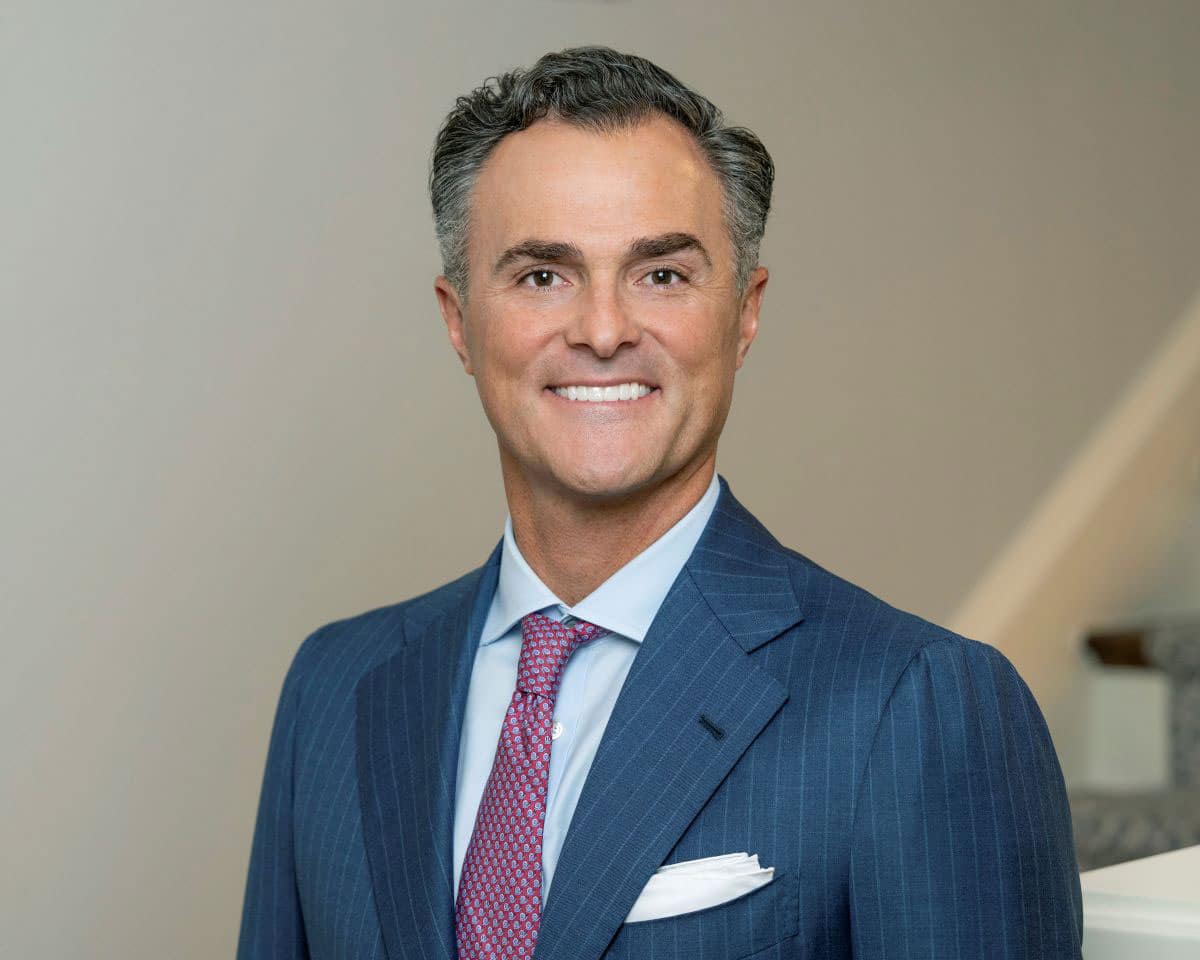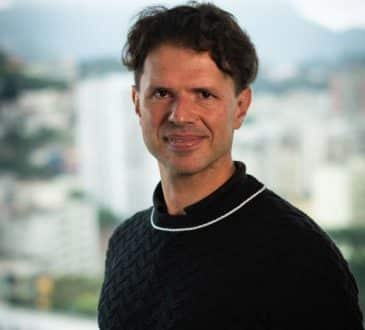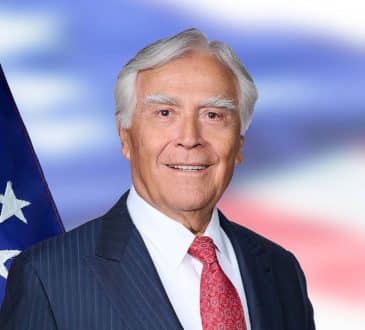The Employee Engagement Crisis: Why Leadership is the Scarcest Resource Today

The latest Gallup data presents a stark reality for business leaders: employee engagement has plummeted to its lowest level in a decade, with only 31% of workers actively engaged in their roles. Among those under 35, the decline is even more pronounced. The question is not merely why this is happening but what executives can do to reverse it.
The solution isn’t in offering more perks, implementing new software, or increasing compensation. It’s in fundamentally rethinking leadership. In today’s economy, leadership is the most valuable yet underdeveloped resource. CEOs and executives must recognize that engagement starts with a culture of leadership at every level. The most successful organizations are those that empower individuals to take ownership of their contributions and align with a larger mission. When leaders invest in cultivating a workforce that views itself as part of a greater purpose, engagement ceases to be a challenge and becomes a natural outcome.
Leadership as an Executive Mandate
For years, leadership has been seen as synonymous with authority. But true leadership is about accountability and influence. It is built from an unshakable core—one grounded in personal values and a commitment to long-term growth. When leaders foster this at scale, organizations develop the resilience and adaptability necessary to outperform in volatile markets.
To cultivate this resilience, leaders must shift from a mindset of control to one of empowerment. This means fostering an environment where employees are encouraged to take calculated risks, voice innovative ideas, and contribute meaningfully to strategic goals. It requires an intentional effort to build trust at every level, ensuring that employees feel valued and heard. A culture of empowerment leads to increased agility, allowing organizations to navigate uncertainty with confidence and clarity.
Additionally, leadership development must be a continuous process, not a one-time initiative. Investing in mentorship programs, executive coaching, and skills-based learning opportunities ensures that leaders at all levels are constantly evolving. Organizations that prioritize leadership as a strategic imperative create a pipeline of capable, adaptable leaders who drive sustained success. By reinforcing leadership principles through daily interactions, executives lay the foundation for a company culture that is resilient, forward-thinking, and built to endure.
Leaders must commit to cultivating environments where ownership and accountability drive results, rather than relying on top-down directives. This requires embedding leadership principles into everyday operations and empowering employees to think and act like owners. Leadership should not be limited to a select few; it must be woven into the fabric of an organization.
A thriving leadership culture is built on trust, continuous development, and open communication. Executives who prioritize these elements inspire employees to take initiative and embrace challenges as opportunities for growth. When leadership is distributed throughout an organization, it accelerates decision-making and encourages a proactive, solutions-oriented mindset.
Moreover, fostering a leadership-driven culture enhances employee engagement and retention. When individuals feel a deep sense of purpose in their roles and see their contributions making a tangible impact, they become more committed to the organization’s mission. The shift from authority-driven leadership to a model based on empowerment creates stronger teams, fuels innovation, and ensures long-term success in a rapidly changing business landscape.
Ownership as the Foundation of Leadership
Sustained success is built on leaders who embrace ownership—not just of their own performance but of the culture they create. High-performing executives cultivate an environment where leadership is not dictated by a title but claimed through action. In an era defined by uncertainty, those who proactively shape the future rather than react to it will lead the industries of tomorrow. Ownership fosters a mindset of continuous improvement, where challenges are viewed as opportunities rather than setbacks. When individuals at every level see themselves as leaders, engagement follows naturally, and the organization benefits from increased innovation, efficiency, and resilience.
The Strategic Power of Optimism
Optimism is often overlooked as a leadership strategy, yet it remains one of the most powerful drivers of business performance. When you can maintain hope and optimism in spite of all circumstances, you become an unstoppable force that lifts others into their own orbit. The ability to inspire confidence, even in turbulence, attracts top talent, encourages bold decision-making, and strengthens organizations from within. Leaders who operate from a place of optimism create environments where creativity and calculated risk-taking thrive. This is not about ignoring challenges but about approaching them with a forward-thinking mindset that fosters solutions rather than stagnation.
Micro Momentum: The Competitive Advantage of Small Wins
Executives often chase large-scale transformations while overlooking the power of incremental progress. Most people overestimate what they can achieve in a day but underestimate what they can accomplish in a year. The most effective leaders recognize that sustained success is built on small, strategic actions executed with consistency. These cumulative gains create unstoppable momentum, separating enduring businesses from those that merely react to short-term challenges. By breaking large initiatives into smaller, manageable steps, leaders create a sense of progress that builds over time, reinforcing a culture of persistence and adaptability.
The power of micro-momentum is that it reduces resistance to change. Rather than attempting to overhaul entire systems overnight, leaders can introduce meaningful improvements that integrate seamlessly into existing workflows. Over time, these minor adjustments compound into significant transformation, creating organizations that are agile, forward-thinking, and consistently progressing toward their goals.
Leadership in 2025: A Call to Action
The engagement crisis is not just a human resources issue—it’s a leadership issue. Organizations that embed leadership development into their culture will not only retain top talent but also redefine what is possible in their industries. Leadership today is not about hierarchy; it is about accountability, vision, and the courage to set the course rather than follow trends. The ability to recognize potential, cultivate resilience, and inspire action will distinguish exceptional leaders from the rest.
As we enter an era of rapid change, organizations must be led by individuals who understand that leadership is not a position—it is a responsibility. Those who invest in developing leaders at every level will create companies that not only weather uncertainty but emerge stronger. The businesses that thrive in 2025 and beyond will be led by those who understand this reality and act decisively, shaping the future rather than merely reacting to it.
Written by Matthew Mathison.
Have you read?
Countries with the most gold reserves.
World’s Best Public Relations Agencies (Top PR Firms).
Countries with the highest human freedom.
World’s Safest & Most Dangerous Countries For Travelers.
Longest and Shortest Life Expectancies in the World.
Bring the best of the CEOWORLD magazine's global journalism to audiences in the United States and around the world. - Add CEOWORLD magazine to your Google News feed.
Follow CEOWORLD magazine headlines on: Google News, LinkedIn, Twitter, and Facebook.
Copyright 2025 The CEOWORLD magazine. All rights reserved. This material (and any extract from it) must not be copied, redistributed or placed on any website, without CEOWORLD magazine' prior written consent. For media queries, please contact: info@ceoworld.biz








